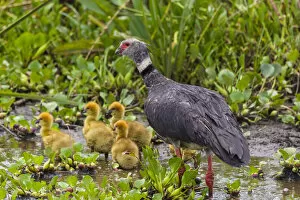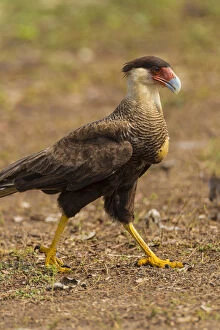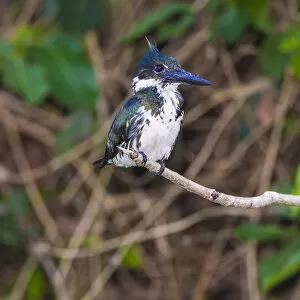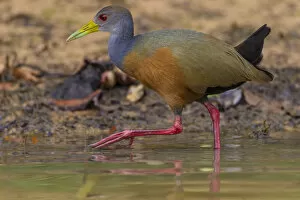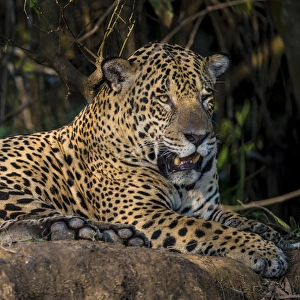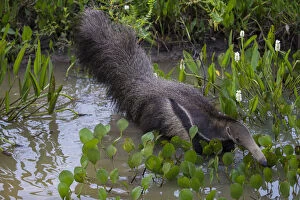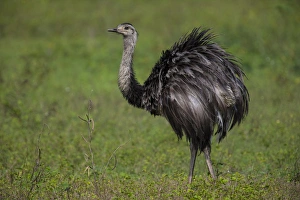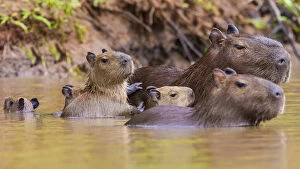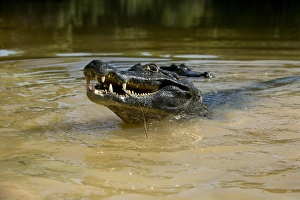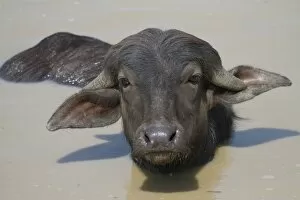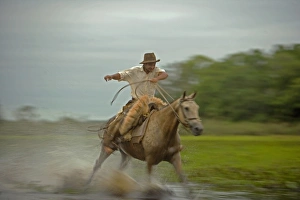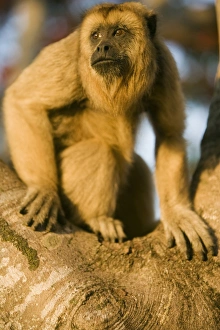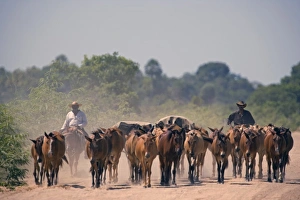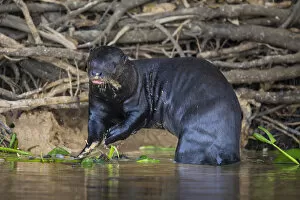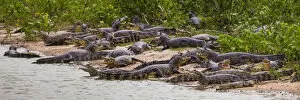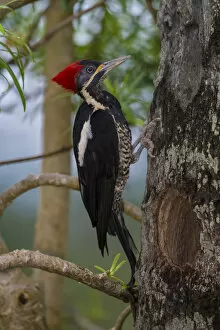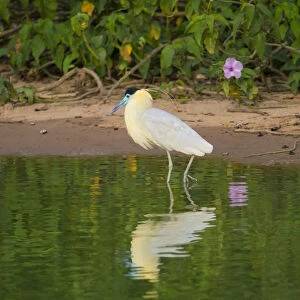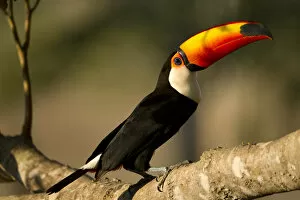Pantanal Collection (page 13)
Exploring the Breathtaking Pantanal: A Wildlife Haven in Brazil Welcome to the mesmerizing Pantanal, a vast wetland paradise located in Mato Grosso, Brazil
All Professionally Made to Order for Quick Shipping
Exploring the Breathtaking Pantanal: A Wildlife Haven in Brazil Welcome to the mesmerizing Pantanal, a vast wetland paradise located in Mato Grosso, Brazil. This enchanting region is home to an incredible array of wildlife, including the adorable Capybara family and the majestic Wild Jaguar (Panthera onca), which unfortunately is endangered. As you wander along the picturesque Cuiaba River, you'll witness nature's wonders unfold before your eyes. Picture this: a serene scene with Capybaras and white-throated kingbirds perched on their backs, creating a harmonious bond between species. The Pantanal never fails to amaze with its diverse inhabitants. Encounter fascinating creatures like Brazilian tapirs and male Jaguars gracefully strolling through their natural habitat. The birds here are equally captivating; at dawn or dusk, watch them take flight across the sky - full-length shots capturing their beauty forever etched in memory. Keep an eye out for striking Red-Crested Cardinals adding vibrant pops of color amidst lush surroundings. In this extraordinary ecosystem, even unlikely partnerships thrive. Behold as a Cattle Tyrant (Machetornis rixosus) boldly rides atop a Capybara's head – showcasing nature's unique bonds that transcend boundaries. Stroll along the banks of Cuiaba River and catch sight of a powerful Jaguar patrolling its territory with grace and confidence—a truly awe-inspiring experience that reminds us of both beauty and vulnerability coexisting within these lands. And let's not forget about one of nature's most iconic symbols—the Toco Toucan (Ramphastos toco). With its vibrant beak proudly displayed against Pantanal's backdrop, it represents South America’s rich biodiversity at its finest.




